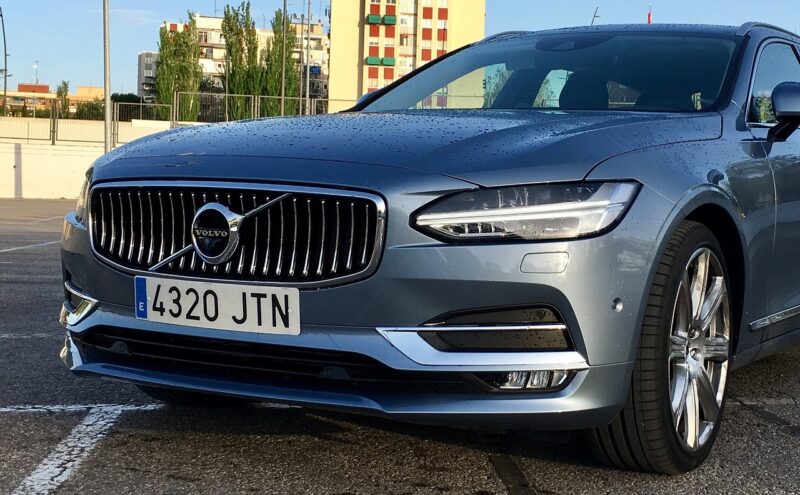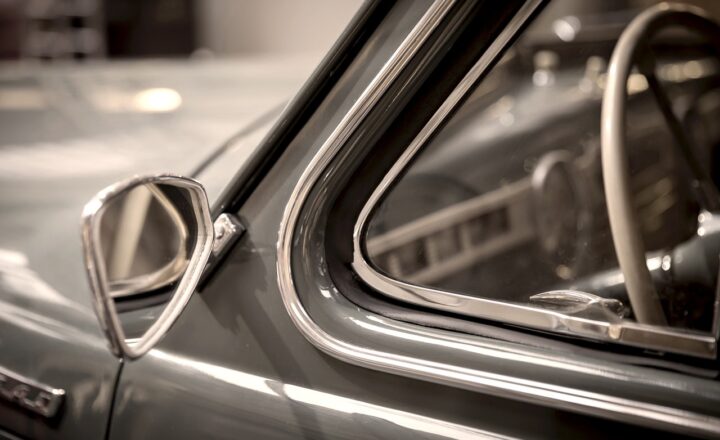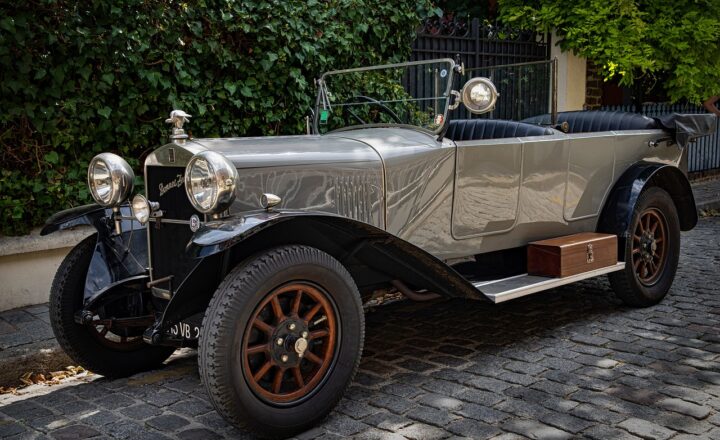The Volvo 240: A Durable Icon of Scandinavian Design and Reliability
November 13, 2024

The Volvo 240, a car that has earned its place in automotive history, symbolizes durability, reliability, and classic Scandinavian design. Producing these vehicles from 1974 to 1993, Volvo combined innovative engineering with an aesthetic that has managed to remain timeless. In this article, we’ll delve into the history, design, performance, and legacy of the Volvo 240, exploring what makes it such a revered car even decades after it went out of production.
1. The Birth of the Volvo 240
The Volvo 240 was introduced as a successor to the Volvo 140 series. With the growing demands of the automotive industry in the 1970s, Volvo wanted to create a car that not only appealed to families but also conveyed an image of safety and practicality. The car was designed with a strong focus on passenger protection, making it a favorite among safety-conscious consumers.
This model became part of neat ergonomics and practical features. The sedan and wagon variants were developed to meet the needs of both urban and rural families, presenting versatility that appealed widely.
2. Iconic Scandinavian Design
The design of the Volvo 240 is often described as distinctly Scandinavian. Characterized by its boxy shape, flat panels, and minimalistic aesthetics, it defied the more sculptural and aerodynamic trends of the time. The design choices were deliberate, with a purpose:
- Functionality: The boxy shape allowed for a spacious interior and ample cargo capacity, particularly in the wagon variant. This was perfect for families who required practical space for their daily lives.
- Safety: Visible width and stable proportions contributed to a feeling of security. The car’s design included crumple zones and reinforced pillars to enhance safety in the event of crashes.
- Timeless Appeal: Despite its retro style, the appeal of the Volvo 240 has persisted. Today, it stands as an icon of vintage automotive design, attracting enthusiasts and collectors alike.
The Volvo 240’s simplistic design helped create a strong brand identity, making it instantly recognizable.
3. Performance and Reliability
Under the hood, the Volvo 240 was equipped with a range of engines designed for power and efficiency. Initially, it featured a 2.0-liter four-cylinder engine, which provided adequate power and good fuel economy. As the years went by, Volvo introduced variations, including a turbocharged version that delighted enthusiasts.
The most notable feature, however, remains the car’s reliability. Volvo had established a reputation for producing vehicles with long lifespans, and the 240 was no exception. Stories of these cars running for 300,000 miles and beyond are common, and many Volvo 240s still roam the streets today.
This lifespan can be attributed to:
- Durable Materials: The build quality was exceptional, with rust-resistant panels and solid composite materials that endured the test of time.
- Simple Mechanical Design: Mechanics found the 240 easy to service. Its straightforward design led to lower maintenance costs, making it a preferred choice for both owners and mechanics alike.
The Volvo 240 thus stands not only as a car but as a piece of mechanical resilience.
4. Safety Innovation
Volvo has always prioritized safety, and the 240 series was a front-runner in the realm of car safety features. It was among the first to establish safety testing standards in the industry. Here are a few notable safety innovations that emerged from the Volvo 240:
- Crush Zones: The integrated crush zones were designed to absorb impact energy during a collision, helping to protect passengers inside the cabin.
- Seat Belts and Headrests: Volvo introduced three-point seat belts and adjustable headrests in the 240, significantly reducing the risk of whiplash injuries in accidents.
- Anti-lock Braking System (ABS): Later models of the 240 offered ABS, enhancing braking control during emergency situations, another step towards safer driving experiences.
These safety advancements positioned the Volvo 240 as a benchmark for future vehicle designs, influencing numerous manufacturers worldwide.
5. The Legacy of the Volvo 240
The impact of the Volvo 240 on the automotive industry cannot be overstated. Its combination of safety, reliability, and classic design led to a loyal following that continues today. As a result, it has amassed a cult-like status among car enthusiasts and collectors.
Car clubs and forums dedicated to the model flourish, where owners share advice on restoration, maintenance, and experiences.
Today, the Volvo 240 is not just a car; it’s a cultural icon. It embodies the ethos of practicality, safety, and simple yet durable design, resonating with a generation that values these traits over flashy, disposable designs. The enduring appeal is further evidenced by increasing values for well-cared-for models in the classic car market.
Conclusion
The Volvo 240 remains a testament to what a car should represent: safety, durability, and design. It stands as a classic example of Scandinavian automotive ingenuity that has left an indelible mark on the industry. So whether you’re an aficionado or a casual fan, there’s no denying the influence the Volvo 240 has had on automotive design and engineering. As we look back upon its legacy, we can only appreciate what makes it an enduring icon worth celebrating.
Whether parked in a driveway or restored to pristine condition, the Volvo 240 is a reminder of a time when cars were built with a unwavering commitment to quality and safety that remains essential in vehicles today.







